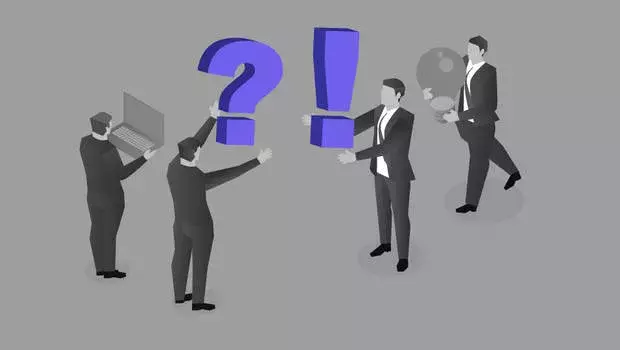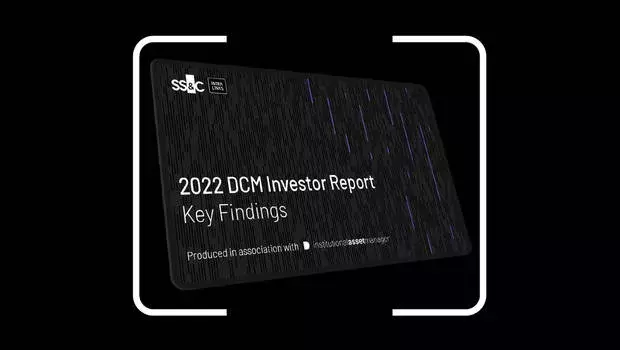Why Organized Q&A Is Essential in Non-Performing Loan (NPL) Portfolio Sales
To capture as much value as possible, NPL sellers need an efficient and secure VDR to collectively communicate with buyers to get a deal across the finish line. In a fast-moving and volatile market, one hiccup can sink a deal.
Markets and investors in Europe are anticipating a new surge of distressed debt and NPLs due to a confluence of headwinds, including the end of pandemic fiscal and monetary support by governments; a possible global recession; the Ukraine crisis and uncertain geopolitics. This will likely be comprised of small and medium enterprise (SME) debt.
Countless questions are raised by potential buyers and investors during the due diligence phase of a non-performing loan (NPL) sale. Without any mechanisms in place for stakeholders to communicate and share confidential information in an organized, secure and efficient manner, it can become unwieldy and difficult to move the transaction forward.
In NPL transactions, virtual data rooms (VDRs) are a necessity. VDRs are key to organizing and centralizing massive amounts of documentation for the due diligence process. It makes it easier for participants to establish deal terms and collaborate efficiently and securely. The best VDRs for NPL sales incorporate a question and answer module (Q&A) purposefully designed for these kinds of complex transactions.
The back-and-forth of questions and answers between NPL deal stakeholders can be one of the most resource-exhaustive components of due diligence. It’s not uncommon for potential buyers or investors to ask thousands of questions. A successful deal means that each question must be routed to the correct subject matter expert (SME) and responded to promptly. Since losing track of questions or taking too long to respond can delay or even derail a deal, it is important to have an effective Q&A management system in place. Here’s where technology can aggregate and organize all questions from potential buyers and investors and ensures the right SMEs reply. The tool relays answers back to the askers, and maintains version control and audit reporting to support the integrity of the entire process.
Before: buried under emails and spreadsheets
Without an organized platform to manage Q&A, deal participants are sending, sorting and responding to an abundance of emails and spreadsheets. Potential buyers might email questions — individually or listed on spreadsheets — to the seller’s deal team, who would collate and distribute them to SMEs. Responses are then collected and collated again before being sent back to the buyers. This is inefficient and time-intensive, prone to error, lacks auditability and is incredibly risky since information sent back and forth may contain personally identifiable information (PII) or other confidential details that can be intercepted by malicious actors.
A typical Q&A process with five buyers and five Q&A SME groups can generate over 100 spreadsheets in less than a week.
After: asked, answered, sold
Centralized, intuitive and organized Q&A with automated workflow dramatically improves the process, user experience, security of information and time to close the sale. This type of system for Q&A ensures:
- Automatic question and response distribution
- Elimination of manual processes such as email and spreadsheets
- Easy access to documents that are related to buyers’ questions
- Automatic delegation of questions to assigned groups
- Comprehensive reporting
- Anytime, anywhere, any device access
- Automatically generated detailed audit trails
Conclusion
As the European NPL industry gets ready for the predicted wave of distressed debt opportunities, sellers and buyers alike must adopt technologies that can help them stay competitive and get deals done quickly and more efficiently.
NPL due diligence is notoriously challenging, involving massive amounts of documentation but also intensive back-and-forth dialogue between sellers, buyers, investors, advisors, lawyers, consultants and more. VDRs that combine secure file-sharing, centralized Q&A, approval workflow, audit reporting and mobile accessibility help ensure a smooth transaction for everyone involved.





